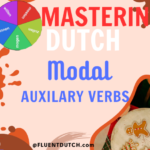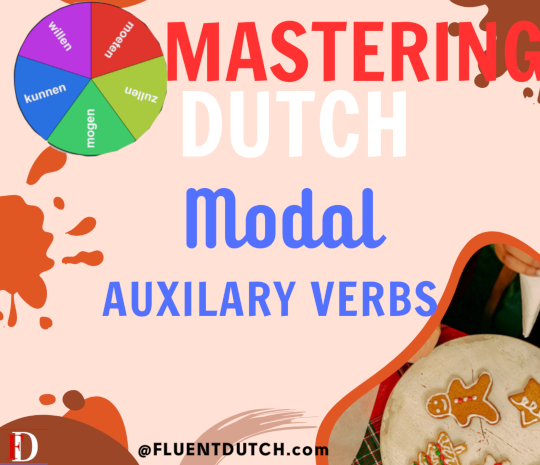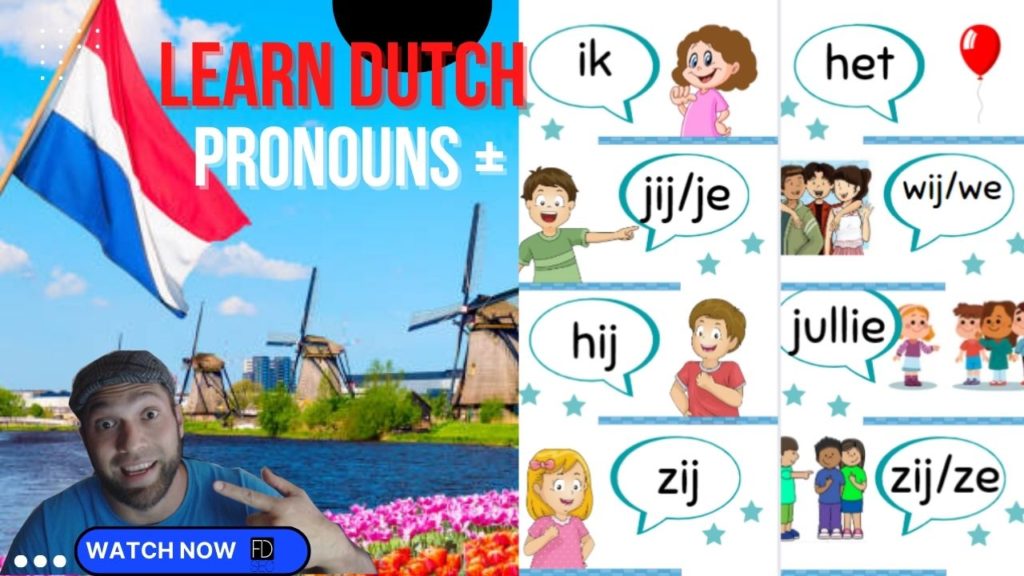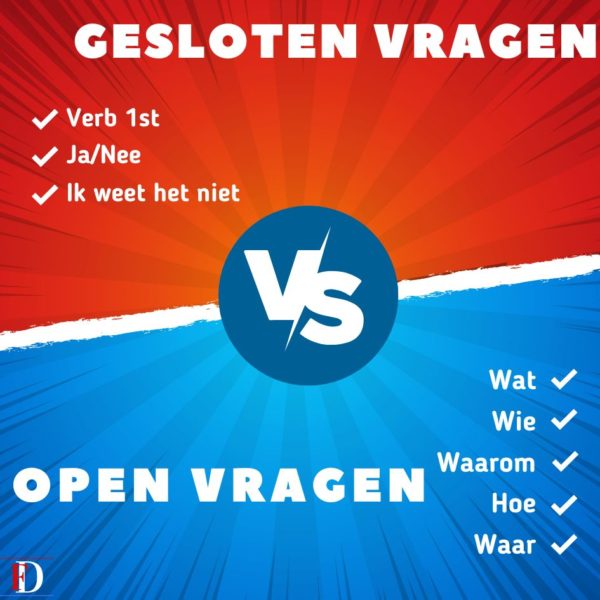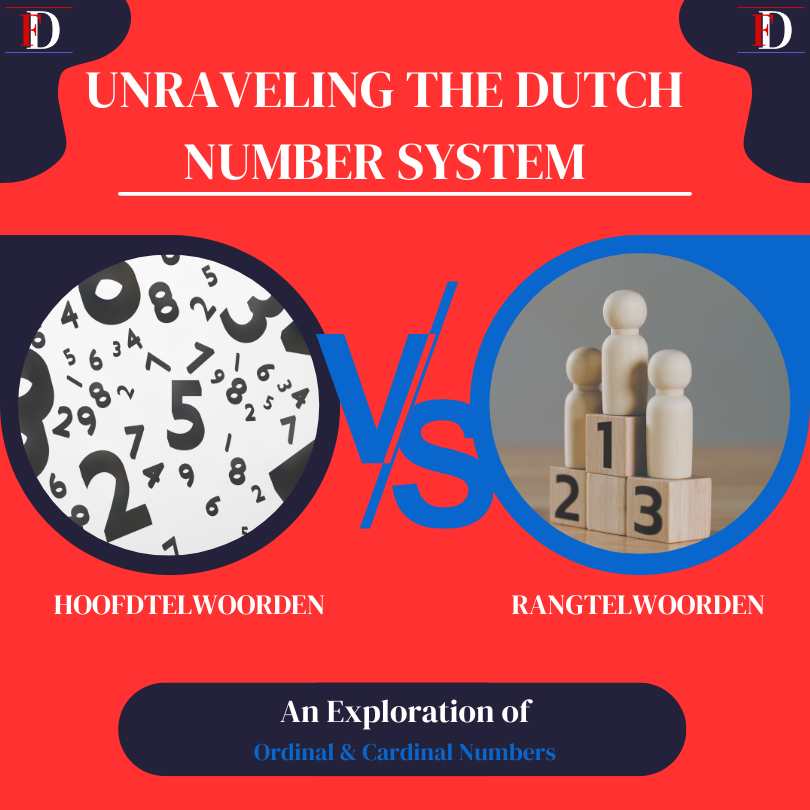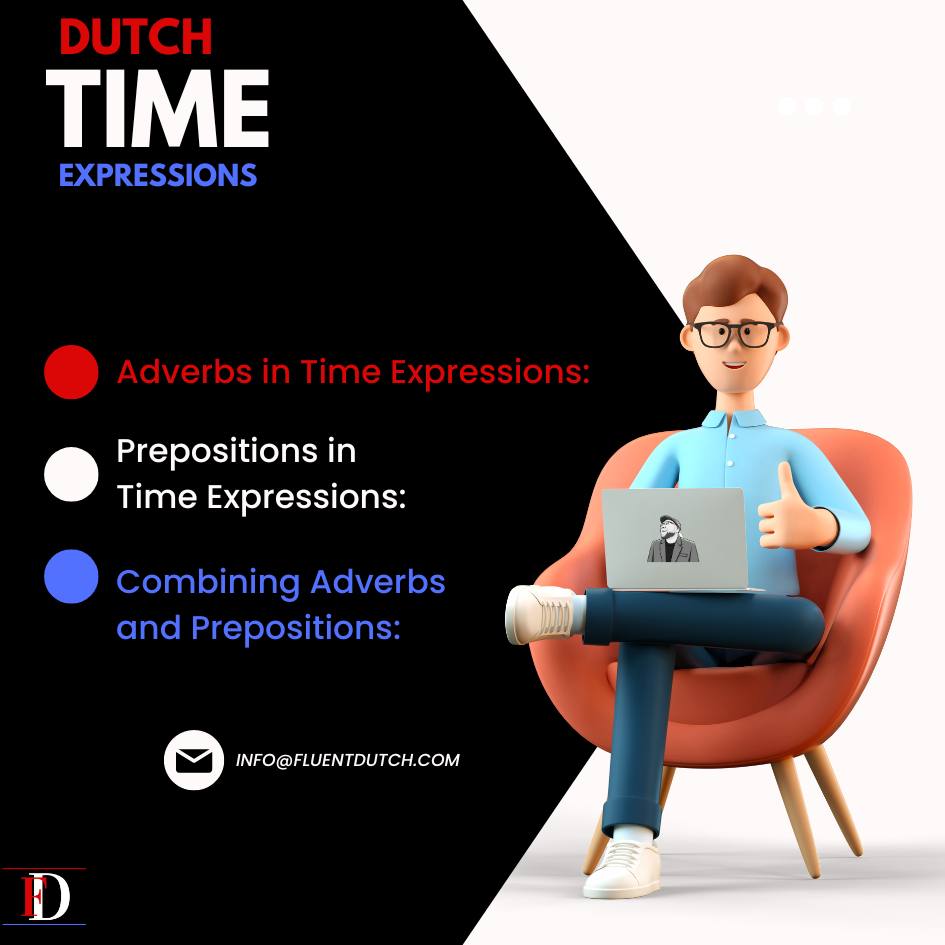Modal auxiliary verbs in the Dutch language play an essential role in Dutch grammar, providing nuances of meaning and allowing speakers to express their intentions and attitudes towards a particular situation. In this blog post, we’ll explore the usage of Dutch modal auxiliary verbs and provide examples to help you master their usage.
What are Dutch Modal Auxiliary Verbs?
Modal auxiliary verbs are verbs that modify the meaning of another verb. In Dutch, the most common modal auxiliary verbs are kunnen (to be able to), moeten (must/have to), willen (to want to), mogen (may/allowed to), and zullen (will). These verbs can be used to express possibility, obligation, permission, intention, and prediction, among other things.
-
Possibility: The modal auxiliary verb kunnen (to be able to) is used to express possibility in Dutch. For example, “Ik kan Nederlands spreken” (I can speak Dutch) indicates the speaker’s ability to speak Dutch.
-
Obligation: The modal auxiliary verb moeten (must/have to) is used to express obligation in Dutch. For example, “Je moet op tijd komen” (You must come on time) indicates that the speaker requires punctuality from the listener.
-
Permission: The modal auxiliary verb mogen (may/allowed to) is used to express permission in Dutch. For example, “Mag ik naar de bioscoop?” (May I go to the cinema?) asks for permission to go to the cinema.
-
Intention: The modal auxiliary verb willen (to want to) is used to express intention in Dutch. For example, “Ik wil graag Nederlands leren” (I want to learn Dutch) indicates the speaker’s intention to learn Dutch.
-
Prediction: The modal auxiliary verb zullen (will) is used to express prediction in Dutch. For example, “Het zal morgen regenen” (It will rain tomorrow) predicts that it will rain the next day.
Examples of Dutch Modal Auxiliary Verbs:
-
-
Possibility: “Ik kan fietsen” (I can ride a bike)
-
Obligation: “Je moet je huiswerk maken” (You have to do your homework)
-
Permission: “Mag ik naar de wc?” (May I go to the toilet?)
-
Intention: “Ik wil morgen naar de stad gaan” (I want to go to the city tomorrow)
-
Prediction: “Het zal druk zijn op de snelweg” (It will be busy on the highway)
-
Conclusion: Modal auxiliary verbs are a vital part of Dutch grammar, enabling speakers to express their intentions, attitudes, and opinions about a situation. By understanding the different modal auxiliary verbs and their usage, you can improve your Dutch language skills and communicate more effectively with native Dutch speakers. Practice using these verbs in different contexts to master their usage and take your Dutch language skills to the next level.
